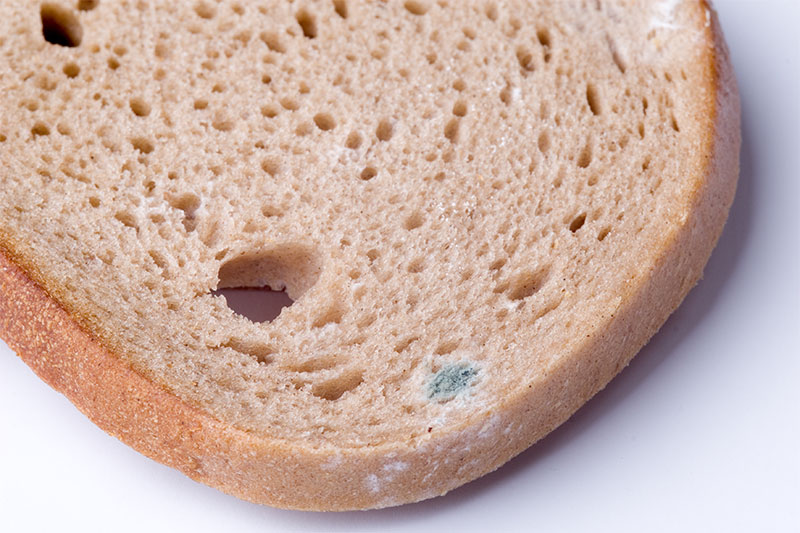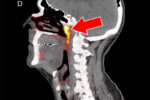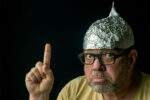
Have you ever taken bread only to find that a small part of it is moldy and the rest of the slice of bread is clear? Chances are you had removed the moldy part and had eaten the clear part of the slice of bread. Maybe you did fall ill after, or maybe you got lucky. However, the fact of the matter is that you never want to eat any part of the bread that has mold on it. Even if there is mold on a small slice, you are better off tossing the rest of the bread to the garbage or the composter. That seems like such a significant waste. However, just because the clear part of moldy bread seems clear, it really is not.
How Is The Clear Part Of Moldy Bread Problematic To Eat?
Here is the thing about mold. It is a fungus, which develops from spores. When mold has been looked at under microscopes, it appears like a microscopic mushroom with the stalk as well as the spores on top which resembles the mushroom which is the greenish-blue area on the bread you see. Therefore, you see the greenish-blue spores with the naked eye, but you do not see the stalk and the roots that form it. The roots and the stalk are microscopic, and the roots go deep into the clear part of the bread.
The reason mold develops is that the area of the bread must have been moistened where condensation somehow got into it. Maybe there was an opening in the bag of the bread and as you carried it on a rainy day, that is how the water got into it. Or, maybe you had wet hands at one time while you were handling the bread. Therefore, when you put it back into the bag, there was moisture and the inside of the bag was dark, moist, and that becomes the ideal breeding ground for mold. Sometimes mold develops on expired foods and very stale bread past its best before date is no exception.
However, mold is a fungus, and even though mold can be made to good use as it is the main ingredient of penicillin, most types are toxic. The mold that makes penicillin is processed to remove the toxins, and the mold on blue cheese that is edible is safe as that type of mold does not contain any toxins. However, the mold that you see on bread, expired cheese, fruits, and vegetables is full of toxins that can make you extremely ill if you were to eat it. If you were to purposely smell the mold, it could cause respiratory problems as well. That means even sniffing it can cause you to inhale its toxins. Therefore, you do not want to do it as you want to immediately toss away any food that has mold (with the exception of blue cheese, of course). However, the toxins are not the only problem when it comes to moldy food.
Bacteria Can Breed Around Mold Too
That clear area of the moldy bread that contains the roots of the mold can also become a breeding ground for bacteria which can be quite harmful. Therefore, the clear part of the bread to the naked eye looks fine. However, it is far from fine and can be quite dangerous to eat. Therefore, even though it seems like a waste of money to toss away the mold-free parts of the bread (even though it is not really mold-free), your health is priceless. Additionally, money can always be recovered. The best thing to do is to keep any additional bread you buy dry and clean, and eat it within the best before date – and there should not be any issues with mold.



